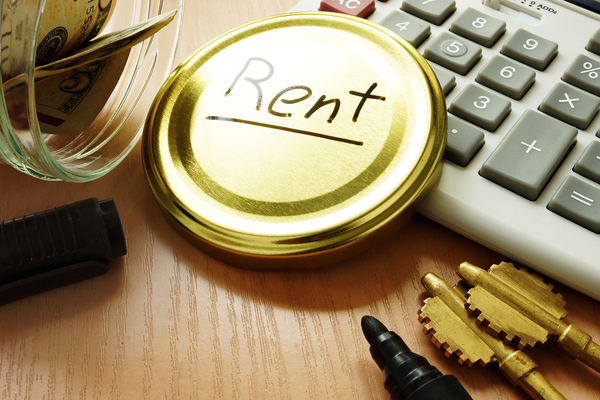Six things we learned from the HCA’s Statistical Data Return
The Homes and Communities Agency’s Statistical Data Return published this week includes data from 1,432 housing associations. Carl Brown takes a closer look at some of the findings
1. Total stock increased…
English housing associations recorded a net year-on-year increase of nearly 20,000 homes to their stock in 2016/17.
The number of units of housing for older people fell by 10% to 270,105. However, the Homes and Communities Agency (HCA) said this was due to a narrow definition of housing for older people following the introduction of the Welfare Reform and Work Act.
This means some homes previously defined as housing for older people are now recorded in other categories. This contributes to a 4% increase in supported housing units, although the HCA said the exact proportion of units that were reclassified ‘cannot be determined’.
2. …but the increase has slowed
The increase in total stock owned was only 0.7% year-on-year; this was down on increases in recent years.
The HCA said the reason for the smaller increase – the lowest since 2014 – was the absence of any stock transfers last year.
3. For-profit providers remain a tiny part of the stock-owning sector
The number of for-profit providers increase year-on-year from 26 to 31, and they now own 873 homes.
This is a 56% increase on the homes owned the previous year. However it is still a fraction of the 2.8 million homes owned by providers overall.
4. Affordable rented stock levels continue to grow rapidly
English providers now own 192,748 homes let at affordable rent, an increase of around 20% on the 161,193 recorded in 2015/16 (slightly down on the 24% increase the year before).
More than a third of the increase (11,899 homes) is due to social rented homes being converted to affordable rent, the HCA said.
5. Tenure breakdown varies drastically in different regions
The HCA says the distribution of stock between English regions is “virtually unchanged” from the previous year, but is still noteworthy.
For instance, the North West has the highest proportion of housing association stock, with 19.2% of the total for England. Conversely it also has the lowest proportion of council-owned stock – 5.7%. This, presumably, is a legacy of the large number of historic stock transfers in the region.
London has by far and away the highest proportion of local authority-owned social stock, at 24.7% of the total for England.
Our sortable table allows you to order the regions by different tenure percentages:
| Region> | Housing association social stock | % of HA total in England | Local authority stock Total salary 2016/17*/** | % of LA total in England /** | Private sector 2016 units/** | % of private total in England/** |
| East Midlands | 151,840 | 5.7 | 179,290 | 11.1 | 1,719,350 | 8.8 |
| East of England | 269,102 | 10 | 157,370 | 9.8 | 2,211,340 | 11.3 |
| London | 453,472 | 16.9 | 397,580 | 24.7 | 2,672,380 | 13.7 |
| North East | 182,495 | 6.8 | 92,630 | 5.7 | 933,570 | 4.8> |
| North West | 514,044 | 19.2 | 85,230 | 5.3 | 2,631,970 | 13.4 |
| South East | 378,386 | 14.1 | 169,750 | 10.5 | 3,304,670 | 16.9 |
| South West | 252,649 | 9.4 | 94,990 | 5.9 | 2,161,590 | 11 |
| West Midlands | 276,155 | 10.3 | 203,220 | 12.6 | 1,981,820 | 10.1 |
| Yorkshire and the Humber | 201,550 | 7.5 | 232,310 | 14.4 | 1,952,370 | 10 |
6. Void rates are dropping
And finally, some good news: the percentage of vacant homes is falling. The stats show that for the largest associations, 1.1% of homes were vacant as of 31 March 2017. This is down from 1.2% in 2016 and 1.4% in the years 2013 to 2015.
The figures include voids that are available for re-letting and homes that can’t be let due to refurbishment.
The HCA said the introduction of the bedroom tax in April 2013 “may have contributed to increased vacancies in some areas”. However the proportion of homes vacant and available dropped from 0.8% in 2015 to 0.6% in 2016/17 – the same as in 2012 before the bedroom tax was introduced. The HCA said this is “perhaps indicative of a continued calming of the turnover/demand issues potentially caused by the Removal of the Spare Room Subsidy [bedroom tax]”.










